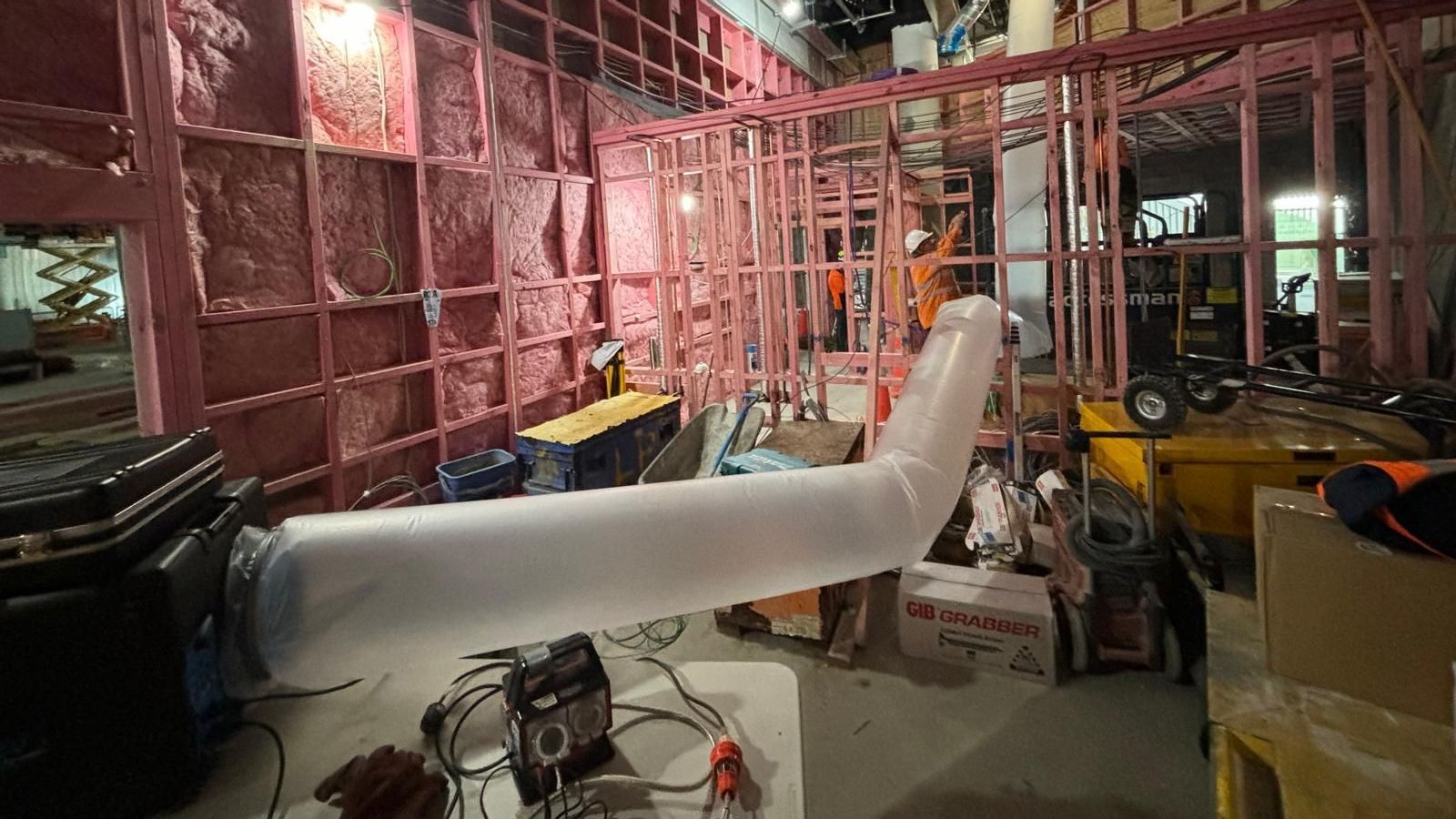How to test Indoor Air Quality at your home or office
Indoor air quality (IAQ) is a crucial factor in maintaining a healthy and comfortable home or office environment. Poor air quality can lead to a variety of health issues, including allergies, respiratory problems, and long-term conditions like asthma.
Knowing how to test indoor air quality is essential for identifying potential issues and ensuring a safe living or working space.
Why Is Indoor Air Quality Important?
Indoor air can be more polluted than outdoor air, often containing contaminants like dust, mold, pet dander, volatile organic compounds (VOCs), and even harmful gasses like carbon monoxide and radon.
Over time, exposure to poor air quality can cause chronic health problems, making regular testing vital for maintaining air purity and overall wellness.
Common Indoor Air Pollutants
Before diving into how to test indoor air quality, it’s important to know what you might be dealing with. Common indoor air pollutants include:
- Particulate Matter (PM): Dust, pollen, and other tiny particles that can affect respiratory health.
- Mold and Mildew: Often caused by moisture issues, mold spores can trigger allergic reactions and asthma.
- VOCs: Emitted by household products, paints, and furniture, VOCs can lead to headaches and respiratory irritation.
- Carbon Monoxide: A dangerous gas that can lead to poisoning and even death if undetected.
- Radon: A naturally occurring radioactive gas that can seep into buildings and is linked to lung cancer.
How to Test Indoor Air Quality
There are several ways to test indoor air quality, ranging from DIY methods to hiring professional services. Here’s a breakdown of the most effective ways to test the air quality:
1. Purchase an Indoor Air Quality Monitor
Air quality monitors are one of the easiest and most effective tools for checking your indoor air quality.
These devices measure pollutants such as particulate matter, VOCs, carbon monoxide, and humidity levels. Many modern monitors can connect to your smartphone, providing real-time alerts and detailed insights about the air you breathe.
2. Perform a Radon Test at Home or Work
Radon test kits are widely available and can be an effective DIY method for detecting radon in your home or office.
Follow the instructions provided with the at-home test kit, which typically involves leaving the detector in your home or workplace for a specified period, then sending it to a lab for analysis.
3. Test for Mold
Mold testing kits are another easy option for DIY indoor air testing.
While they can provide initial indicators, professional mold testing services are more comprehensive and can help identify the types of mold in your home or commercial building and detect hidden mold growth in walls, crawl spaces, and HVAC systems.
4. Install Carbon Monoxide Detectors
Install carbon monoxide detectors throughout your home or commercial building to alert you of the presence of this odorless, dangerous gas. These devices are widely available and can provide life-saving detection.
5. Hire a Professional Air Quality Tester
For a comprehensive air quality assessment, it’s best to hire a professional.
Companies specializing in IAQ testing use advanced equipment to detect pollutants that may not be picked up by DIY devices. A professional can also identify potential sources of indoor air pollution and provide actionable solutions, such as improving ventilation or air filtration.
Improving Indoor Air Quality
Once you've tested your indoor air quality, you may need to take steps to improve it. Common solutions include:
- Air Purifiers: Using air purifiers with HEPA filters can remove allergens, dust, and VOCs from the air.
- Regular HVAC Maintenance: Dirty filters and poorly maintained HVAC systems can significantly reduce air quality. Regular cleaning and filter changes are crucial.
- Control Humidity: Using dehumidifiers in moist areas like basements can prevent mold growth.
- Ventilation: Improving airflow in your space, either through natural ventilation or mechanical means, can dilute indoor pollutants.
When to Test Air Quality in Your Home or Building
It’s wise to test your indoor air quality regularly, especially if you notice symptoms such as frequent coughing, sneezing, or headaches. Situations that may warrant air quality testing include:
- After renovations or construction
- Moving into a new home
- The presence of unusual odors or visible mold
- Before purchasing new furniture or painting
- Changes in your health, particularly respiratory issues
Conclusion
Testing indoor air quality is essential for maintaining a healthy living and working environment.
Whether you opt for a DIY method like an air quality monitor or hire a professional service, taking steps to monitor and improve your IAQ will help protect the well-being of everyone in your home.
Want to ensure your home's air quality is at its best?
Contact Aeroseal today for professional duct sealing and air quality solutions.
To Learn More About Improving The Comfort, Indoor Air Quality, and Energy Efficiency Of Your Building Call 0226759426 or Email info@aeroseal.nz





